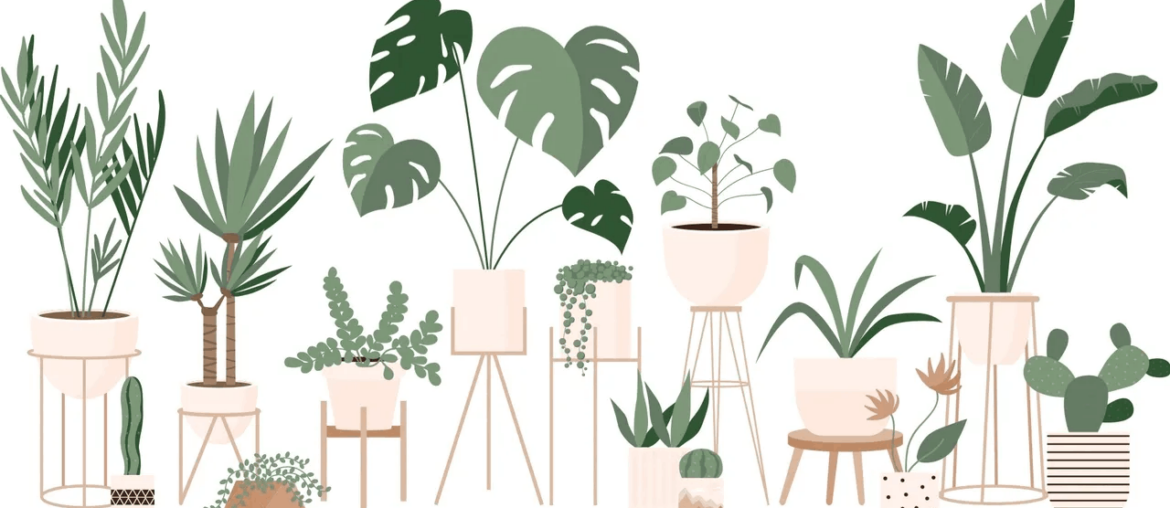As a tree lover, have you ever wondered about your tree personality? We’ve seen trees and plants wither when they’re yelled at and grow when they’re praised. Trees have personality too. Each plant and tree has a different history, meaning, and growing environment, and these traits are somewhat similar to different personality types. What type of tree are you? We’ve divided all personality types into 16 groups according to the MBTI test, so let’s find out with us now!
The Analysts

Architect (INTJ)
INTJ is one of the rarest personality types, representing a capable, rational, and quick-witted person. INTJs are strategic and imaginative thinkers living in their own complex inner worlds. That’s why not everyone can get used to and follow the constant analysis of INTJs.
Welwitschia would be the best plant to describe a typical INTJ. With a fascinating, bizarre look and unique origins ( the only survivor of the Welwitschiaceae family), this plant is the perfect embodiment of the one-of-a-kind traits of INTJs.
Just like an Architect, the Welwitschia can also survive perfectly in their own world. Even in isolation with little or no water, this plant can still thrive steadily. In fact, the Welwitschia somewhat grows better when left alone.
Logician (INTP)
INTPs are well known for their unique perspectives and outstanding intellect in many aspects of life. They’re very open to experimentation and willing to approach everything with personal creativity. These characteristics strongly remind me of the Dragon’s Blood tree.
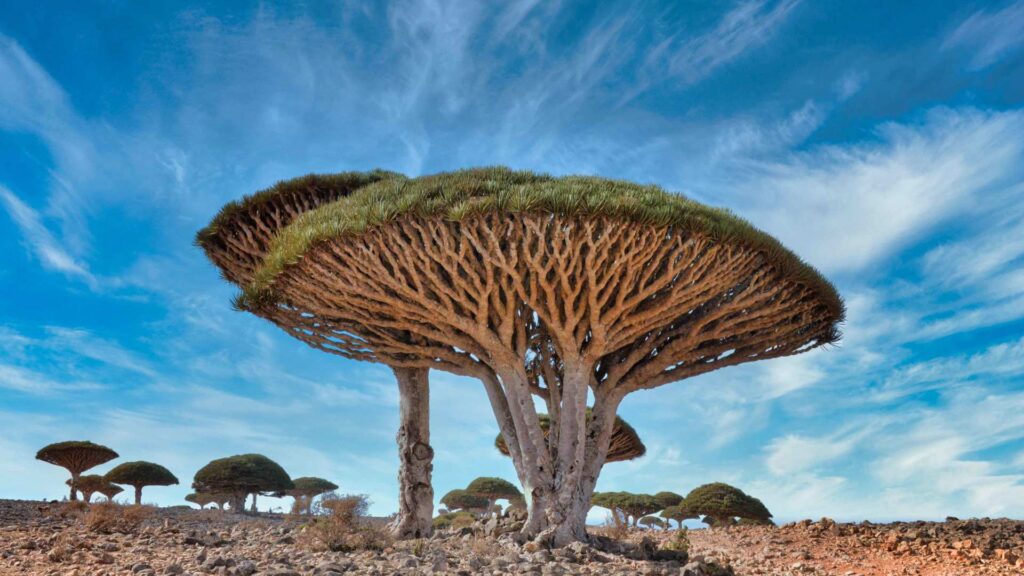
The Dragon’s Blood tree looks like a giant open umbrella with evenly outstretched branches. This tree carries a dense system of branches that reduces evaporation and protects young trees underneath. The resin of the Dragon’s Blood tree is also utilized for many purposes such as traditional medicine, performing rituals, crafting, etc.
Commander (ENTJ)
Accounting for approximately 3% of the world population, ENTJs are born to be commanders. They’re very decisive and confident, and never hesitate to take action to achieve whatever goals they set.
These are also the typical traits of the Baobab tree, which is native to Africa. This tree is incredibly large in size, averaging 20 meters tall and 10 meters in diameter. With the capacity to store up to 120,000 liters of water, the Baobab tree is always ready to survive even in extremely dry conditions.
The seeds, fruit, and leaves of this tree can be used to supply the needs of local people. Thus in many regions, the Baobab tree is considered a crucial icon in terms of culture and religion.
Debater (ENTP)
A Debater (ENTP) is very knowledgeable, audacious, and curious. These traits make ENTPs approach everything in contrarian, controversial ways, but for good reason. They know how to disagree in a playful way, and they love it. Being around ENTPs will bring you a lot of healthy, entertaining debates.
Bristlecone Pine trees are the perfect representation of ENTPs. This tree doesn’t grow the same way and under the same conditions as most others do. Less harsh conditions actually make it harder for this tree to survive. However, in areas with dolomitic soils and almost no rain, where most plants and trees cannot grow, the Bristlecone Pine thrives. It’s clear that this tree really wants to demonstrate some difference.
The Diplomats

Advocate (INFJ)
INFJs might have one of the most introverted and quiet personality traits of all, but they can also leave outstanding marks on many fronts. Their inner vision is full of principles and humanism, appreciating fulfillment, and helping others over wealth and status.
INFJs are like the Aloe Vera – a superhero in the form of a simple-looking plant. This plant exists to help people with its incredible medical power. You can use Aloe Vera to soothe burns, reduce heartburn, lower blood sugar, or fade scars on your skin. Most importantly, this plant is one of the very promising ingredients in preventing certain cancers. They may look simple, but their value is not.
Mediator (INFP)
A typical Mediator (INFP) is usually quiet and humble, but behind these expressions is an imaginative, passionate mind. Because INFPs are in the minority, they’re somewhat more sensitive than others. With these personalities, INFPs often have deeper emotions for art, nature, and even people.
If you are a Mediator, Mimosa Pudica is your typical 3. Just like its name, this plant is always shy and sensitive. When you touch its leaves, they close as a defensive reaction and reopen shortly after. This special reaction is what makes the beauty and uniqueness of the Mimosa Pudica.
Protagonist (ENFJ)
A Protagonist (ENFJ) is a true natural-born inspirer. People with this personality trait are very warm and charismatic. ENFJs always pursue positive ideas/values, and this brings a lot of inspiration to themselves as well as to those around them.
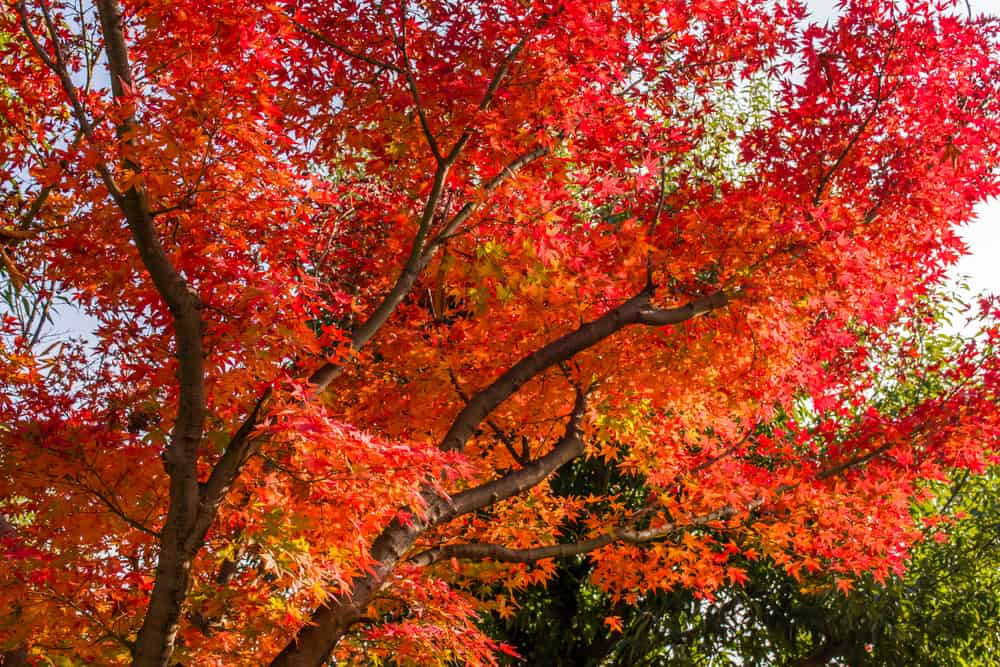
The Acer palmatum (or Japanese maple) is the perfect example to describe ENFJs’ tree personality. This tree comes in a variety of forms, leaf shapes, and fascinating colors. Its leaves change colors with the seasons, and each season it bears different markings. The color change of the leaves also creates the elegance, beauty, and grace of this tree, providing a lot of inspiration to not only artists but everyone who gets to enjoy it.
Campaigner (ENFP)
With a sociable, outgoing personality, a Campaigner (ENFP) always stands out from the crowd. Their lively, optimistic energy doesn’t just help everyone have a good time, but also creates meaningful, emotional connections between people.
Campaigners (ENFPs) can see themselves clearly in the Lucky bamboos. This tree is the symbol of good luck and emotional/spiritual bonding, and it is also spiritually respected in many regions. Regardless of the growing environment, this plant always knows how to thrive and makes itself special. All it needs is just a little tweaking with the right technique.
The Sentinels
Logistician (ISTJ)
Despite not being particularly flashy or eye-catching, Logisticians (ISTJs) still earn a lot of respect for their integrity, reliability, and practicality. Even in the most stressful situations, ISTJs can still come up with logical, methodical solutions and execute them with care and certainty.
Nothing is more suitable than the Bonsai tree when it comes to the tree personality of ISTJs. The growth of this tree requires a meticulous growing environment and careful, methodical handling. And you know what, the practice of growing a bonsai itself also teaches you patience, introspection, and discipline. Bonsai trees will never survive if you don’t have these traits.
Defender (ISFJ)
If you have friends with ISFJ personality traits, you should treasure them because they are the most dedicated caregivers. ISFJs tend to support and take care of others as a responsibility, and they’re willing to do so. In the warmest, most delicate ways, ISFJs will do everything in their power to make their loved ones happy without asking for recognition.
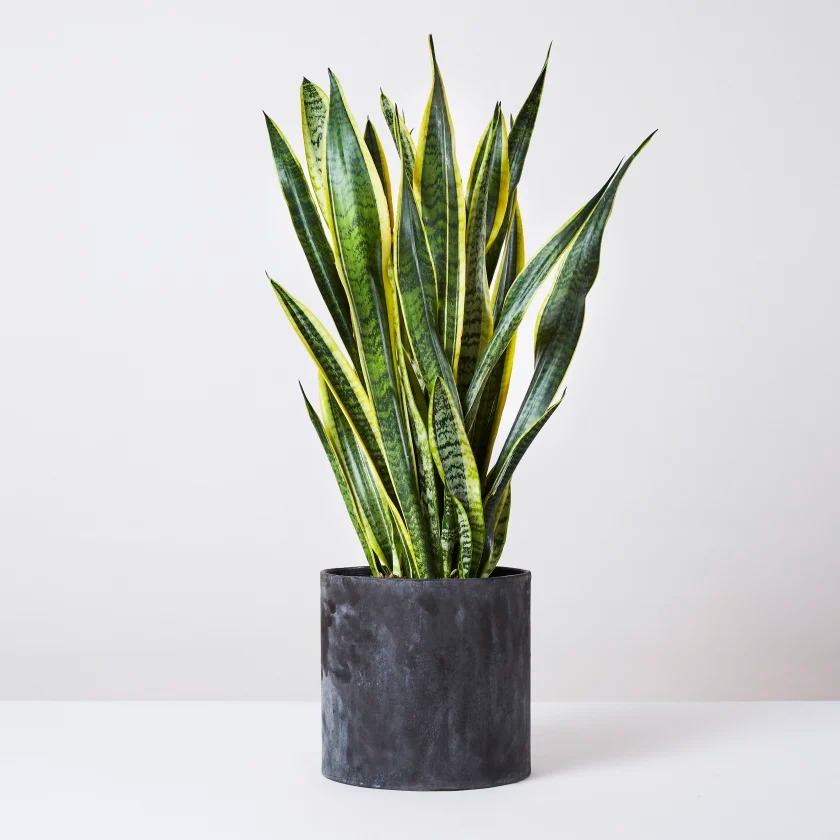
So is the Snake plant. As one of the best air-purifying houseplants, snake plants also dedicate their whole lives to making the owner’s living environment fresher and cleaner. And most importantly, this plant doesn’t require strict plant care procedures; just a little daily sunlight and a little watering every now and then, and it will be fine.
Executive (ESTJ)
Executives (ESTJ) believe that good order is the foundation of anything, and they often play the role of organizers to bring people together. With sharp, sensible judgments, ESTJs can and are willing to guide others through adversity.
Moss is probably the best example of an ESTJ. Although only a tiny plant, moss is a relatively effective directional tool in case you get lost in the forest. Moss often grows on the north side of trees in the northern hemisphere and the south side of trees in the southern hemisphere. This plant is truly a natural compass.
Consul (ESFJ)
Consuls (ESFJ) love sharing everything with people, and they believe it’s the sweetest thing. It’s not that Consuls have sympathy for everyone, but their achievements are inspired by the power of good manners and community cohesion.
The tree personality of ESFJs is the Golden pothos. This plant has typical heart-shaped leaves that bring a lot of positive energy. In combination with this plant’s ability to purify the air, the surrounding environment will become much healthier. And as this plant is a climber, it also loves to vine around on other trees, maybe for bonding or simply saying hi, I guess.
The Explorers

Virtuoso (ISTP)
A Virtuoso (ISTP) is a keen learner who loves to directly approach and examine the world with curiosity and personal skills. ISTPs learn by touching and observing things, from one environment to another. They don’t really need external connections; with ISTPs, their personal goals come first.
The Boojum tree is the tree personality of ISTP. With perfect adaptability to dry, rocky conditions, this plant adjusts itself to be able to survive and thrive. It loses its leaves during the dry season in response to drought and utilizes rainfall to sprout leaves and golden seed pods later on.
Adventurer (ISFP)
Each Adventurer (ISFP) is a unique individual with their own way of reflecting on the world. ISFPs are born artists (not necessarily in the usual way). They have a lot of passions and interests, and always find joy in doing them. However, because they are too busy doing their own thing, ISFPs often do not realize how attractive they really are in the eyes of others.
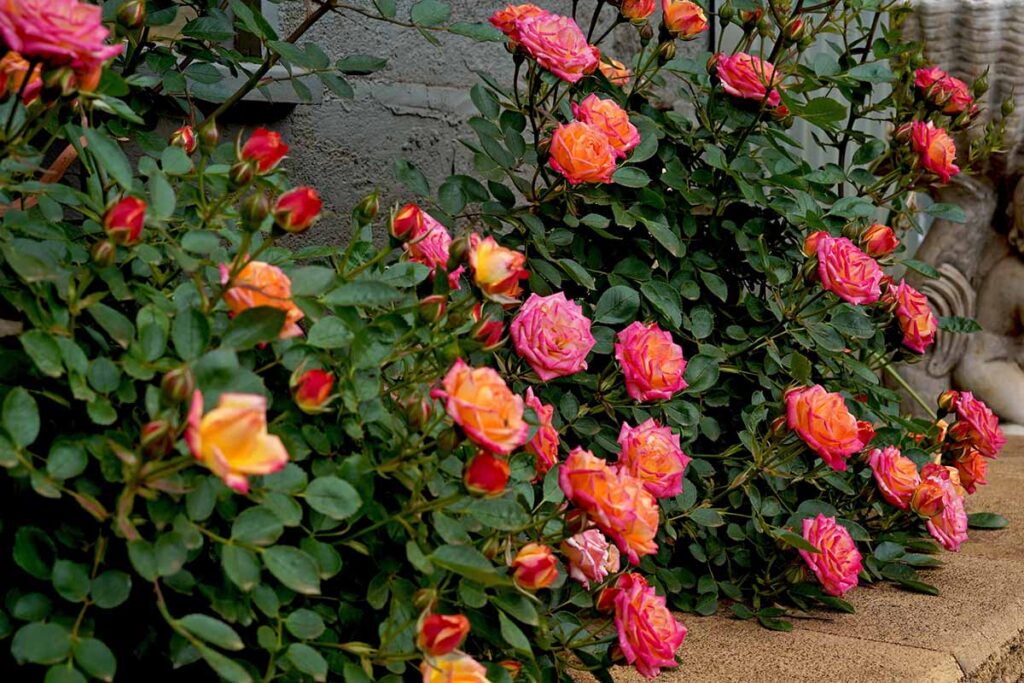
The remarkable traits of an ISFP are similar to Miniature roses. Colorful and enchanting, roses in general and Miniature roses, in particular, have long been the standard of beauty in the flower world. Miniature roses need fresh air to thrive, so give them freedom like artists, and beautiful blossoms are what you will get.
Entrepreneur (ESTP)
Someone with the Entrepreneur (ESTP) personality trait is full of confidence and energy. They don’t hesitate to take the leap, exploring every opportunity they have in life as they go, without preparing contingencies. With their frank and humorous personalities, ESTPs enjoy being the center of a conversation, and they know how to keep the conversation energized.
ESTPs’ tree personality is palm trees. This tree was once the symbol of success and victory and is now a holiday image. Palm trees are widely planted, and you can find them thrive in many different ecosystems. Unlike most other trees and plants, the trunk of palm trees does not grow in width. Seems like they just keep going forward no matter what, like someone.
Entertainer (ESFP)
An Entertainer (ESFP) lives every second of their life with vibes and excitement, and they really want everyone to enjoy themselves too. They can easily get caught up with a song or a dance and follow their enthusiasm spontaneously.
Bird-of-paradise flower – the show stealer – is the representative of ESFPs. As the name suggests, this flower looks like a very special bird species named “bird-of-paradise”, and this is what makes all other plants around it overshadowed. And what’s special is that this flower didn’t evolve to be beautiful, it just went with the flow to protect itself.
Conclusion
Depending on the origin and development traits, each of these trees represents different types of people with their typical personality traits. Hopefully, with this article, you will be able to find the one that best matches your personality to plant – or to describe yourself. Buy your favorite plants with Tenere now to save money and contribute to global reforestation.

